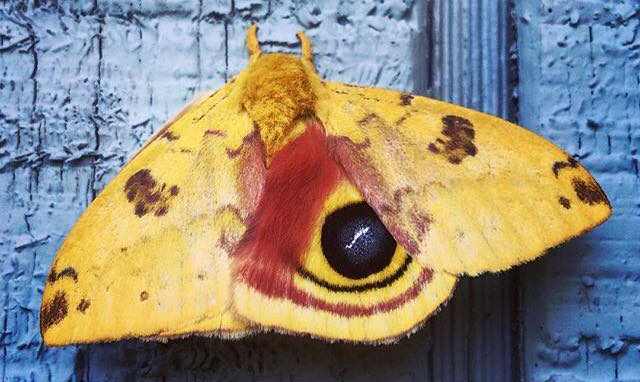ECOLOGY ▪ EDUCATION ▪ ADVOCACY
Deimatic Display: In zoology, a defensive mechanism used by a usually harmless animal to evade predation by displaying a startling or frightening trait or behavior.

Dioecious: A plant containing either male (staminate) or female (pistillate) flowers, but not both on the same individual.
Discal Cell: In certain insects, a large, irregularly shaped cell located near the center of the wing, often abbreviated as “Dc.”

Discal Spot: In Lepidoptera, a marking located towards the end of the discal cell.

Diurnal: In zoology, pertaining to animals that are active during the day. In botany, flowers that open during the day and close at night.
Doctrine of Signatures: An archaic form of medicine based on the belief that plants resembling parts of the human body could be used to treat afflictions or otherwise benefit that particular body part. The practice was shared by cultures at least as far back as the 1st and 2nd centuries and independently across the globe. Theology played a large role in the belief, especially during the 17th century when English botanist William Cole and others wrote about the “Doctrines of Signatures” as God’s attempt to communicate the proper usage of plants to mankind.
Drupe: A type of indehiscent, multi-layered fruit that consists of an exocarp (skin), mesocarp (fleshy or pulpy middle layer), and an endocarp (hard, stony “pit”) that usually encases one seed. Supermarket examples of drupes include peaches, cherries, plums, and apricots. Indiana native plant examples include the fruit of walnuts, butternuts, hickories, spicebush, and black cherries.
